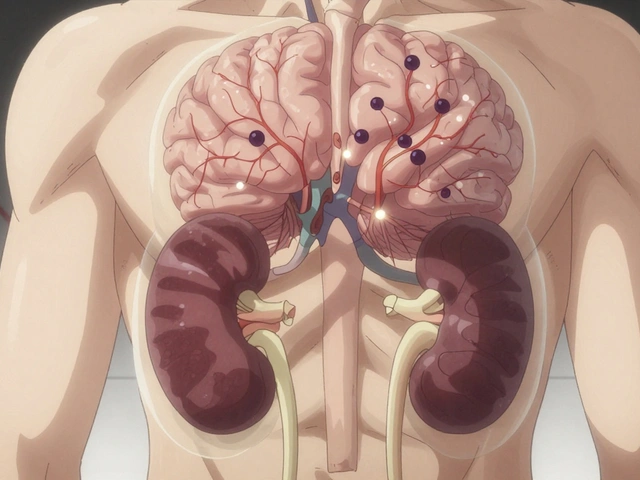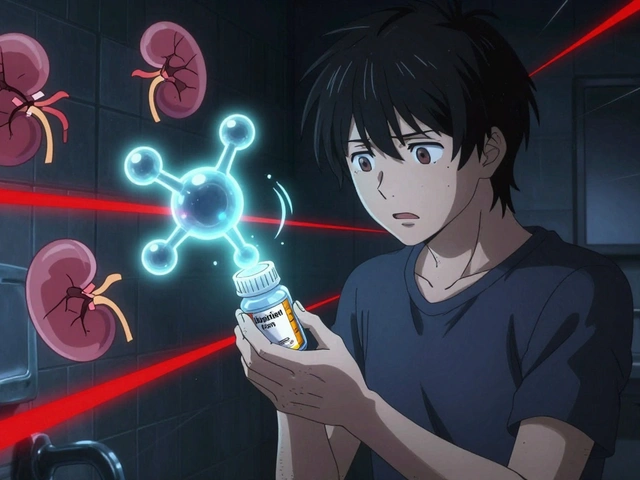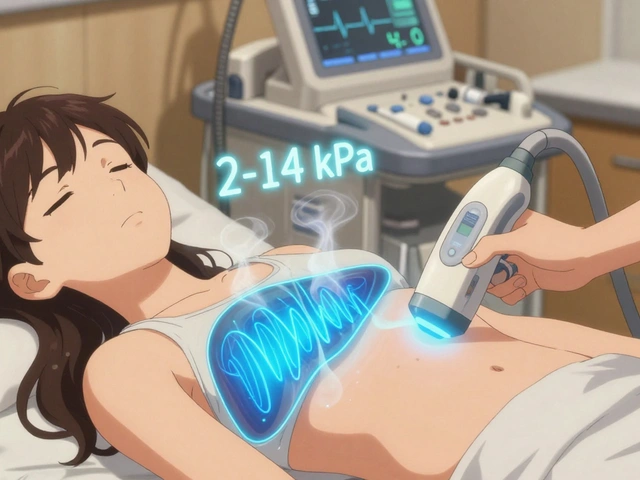Dizziness SGLT2: What You Need to Know About This Side Effect
When you take an SGLT2 inhibitor, a class of diabetes medications that help the kidneys remove excess sugar through urine. Also known as gliflozins, these drugs include dapagliflozin, empagliflozin, and canagliflozin — and they’re widely prescribed because they lower blood sugar and protect the heart and kidneys. But for many people, one of the first side effects they notice is dizziness.
Dizziness from SGLT2 inhibitors doesn’t come out of nowhere. It’s usually tied to a drop in blood pressure. These drugs pull sugar — and water — out of your body. That extra fluid loss can leave you slightly dehydrated, especially if you’re already on a diuretic, cutting back on salt, or not drinking enough. When your blood volume dips, your brain doesn’t get enough flow right away, and you feel lightheaded when standing up. It’s not rare — studies show up to 1 in 5 people on these meds report dizziness in the first few weeks. Older adults, people with kidney issues, or those taking blood pressure meds are more likely to feel it.
This isn’t just a nuisance. Dizziness can lead to falls, especially in seniors. That’s why it’s not something to ignore. If you’re on an SGLT2 inhibitor and start feeling faint after standing, check your hydration. Drink water. Avoid standing up too fast. Talk to your doctor about your other meds — maybe your blood pressure pill needs adjusting. It’s also worth tracking when the dizziness happens: after meals? In the morning? After exercise? Patterns help your doctor figure out if it’s the drug, your diet, or something else.
Some people assume dizziness means they should stop the medication. But that’s not always the answer. For many, the dizziness fades after a week or two as the body adjusts. The benefits — lower heart failure risk, better kidney protection, and steady blood sugar — often outweigh the temporary discomfort. Still, if it’s severe, persistent, or paired with confusion, rapid heartbeat, or fainting, you need to act. These could be signs of low blood volume or even ketoacidosis, a rare but serious risk with SGLT2 drugs.
What you’ll find in the posts below are real, practical stories from people who’ve dealt with this side effect — and how they managed it. You’ll see how SGLT2 inhibitors interact with other common drugs like diuretics and ACE inhibitors. You’ll learn what blood pressure numbers to watch for, how to tell if your dizziness is harmless or a red flag, and what alternatives exist if this side effect doesn’t go away. No fluff. Just what works.

SGLT2 Inhibitor Side Effects: Dehydration, Dizziness, and Blood Pressure Changes Explained
SGLT2 inhibitors help lower blood sugar and protect the heart and kidneys, but they can cause dehydration, dizziness, and low blood pressure. Learn how these side effects happen, who’s at risk, and how to manage them safely.
Continue Reading



